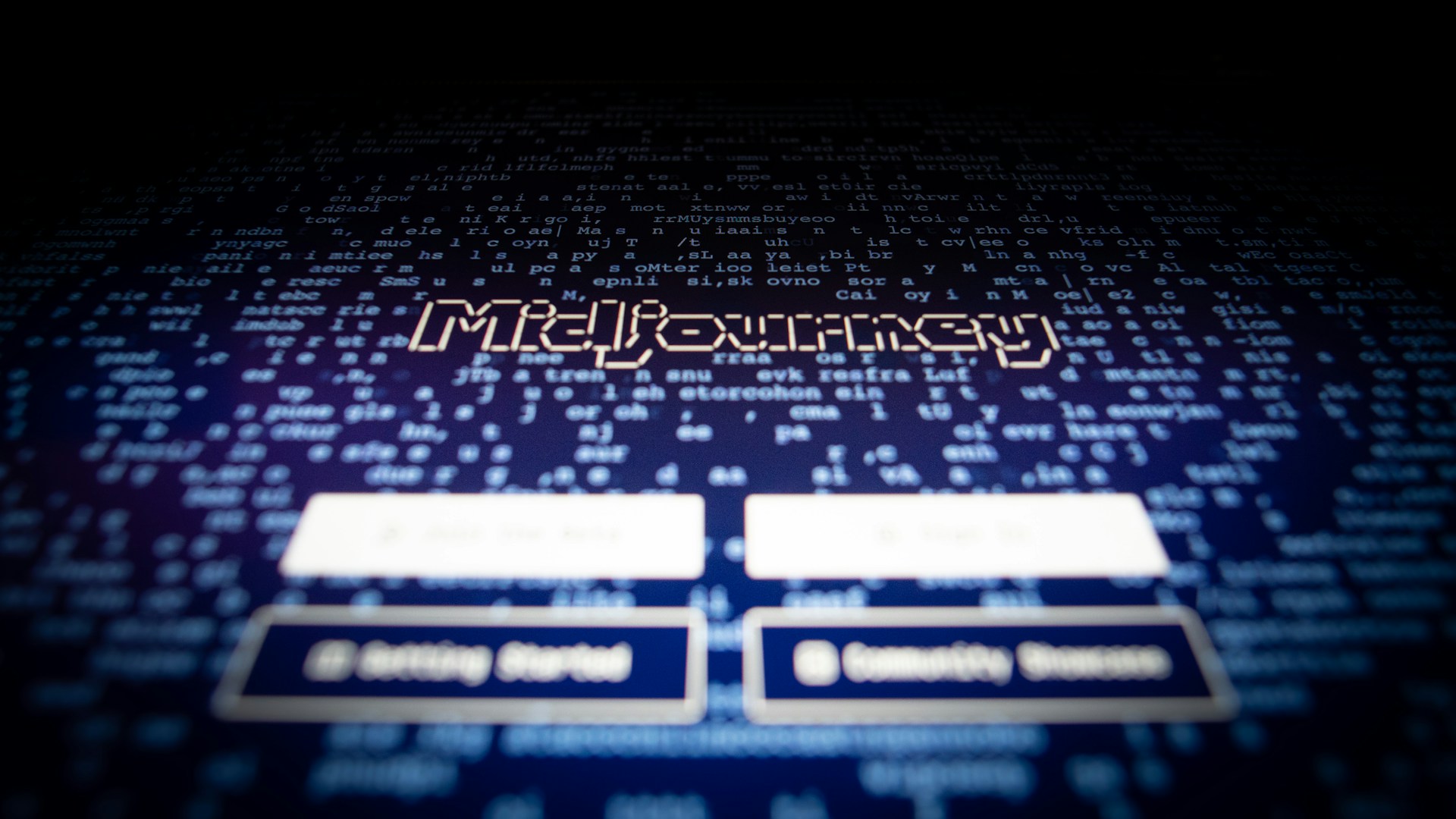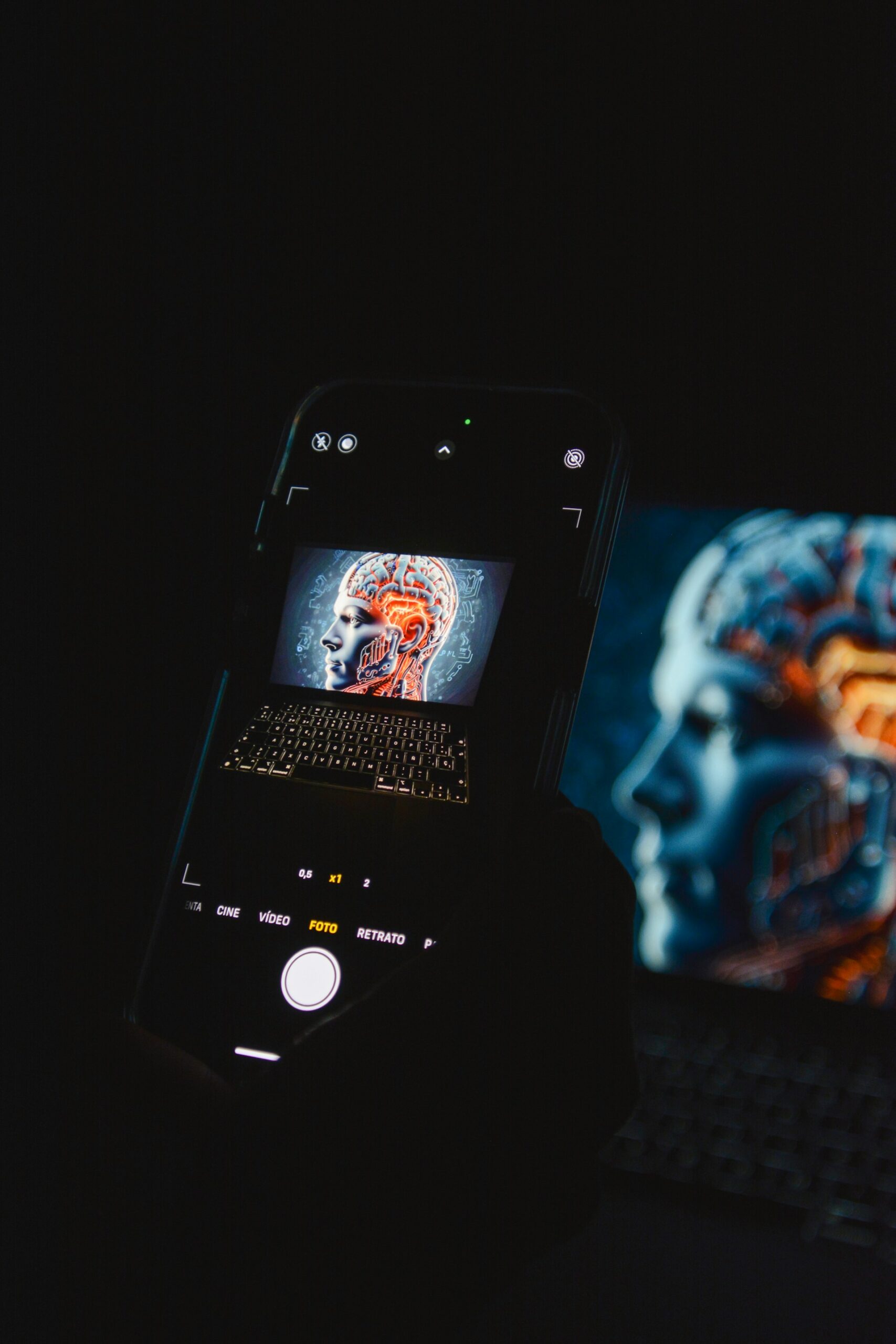Artificial intelligence is no longer confined to abstract theories or distant future promises—it’s here, reshaping the creative landscape in real time. AI-driven image generation has evolved from a novel experiment into a robust tool that’s transforming how artists, designers, and creative professionals work.
From photorealistic renderings to surreal abstractions, AI-generated imagery is merging human imagination with machine precision, expanding the boundaries of creative expression in exciting ways.
IMAGE: UNSPLASH
The Rise Of AI Image Generation
In recent years, advanced models such as DALL-E, Midjourney, and Stable Diffusion have taken center stage. These tools allow users to transform simple text prompts into intricate, high-quality images.
What once required hours or days of manual work can now be accomplished in minutes. This democratization of art-making technology means that both seasoned professionals and aspiring creatives can explore new visual territories without needing traditional artistic training.
The technology behind these platforms is powered by deep neural networks that have been trained on vast datasets. These systems learn the nuances of different artistic styles, lighting, composition, and more. The result is a powerful blend of human intuition and machine learning that generates artwork which is both surprising and inspiring.
Transforming Creative Workflows
The impact of AI image generation extends far beyond mere aesthetic appeal—it’s revolutionizing the way creative work is done. Many artists are now using these tools to brainstorm ideas, iterate on designs, and push the limits of conventional visual art. Instead of being bogged down by technical details, creators can focus on conceptual development and storytelling.
- Rapid Prototyping: Artists can generate multiple variations of a design quickly, enabling them to refine their vision without extensive manual revisions.
- Enhanced Productivity: By automating routine tasks—like image resizing, color adjustments, and background removal—AI tools free up valuable time for creativity.
- Seamless Integration: Many leading design software suites now integrate AI features, making it easier for creatives to incorporate these tools into their existing workflows.
In this evolving creative ecosystem, platforms such as CGDream offer creators the advanced Flux technology and a wide choice of LoRA styles, empowering them to push their visual projects further with ease.
Economic And Cultural Impact
The growing popularity of AI-generated art has begun to disrupt traditional markets. High-profile auction sales and major brand campaigns have shown that there is significant economic value in this new form of creative output. With record-breaking sales making headlines, AI-generated artwork is being recognized not just as a tool, but as an art form in its own right.
Across various industries—from fashion and advertising to film and architecture—the efficiency and versatility of AI-generated images are leading to widespread adoption.
Major brands are using these tools to create visually stunning campaigns, while creative agencies are harnessing AI to accelerate content production. The result is a dynamic market that benefits from reduced costs and faster turnaround times, while also offering fresh aesthetic experiences that captivate audiences.
Cultural events and exhibitions further underscore this shift. International festivals and museum shows now regularly feature AI-driven art, sparking discussions about the intersection of technology and creativity. These events challenge long-held notions about what art is and who can create it, inviting both traditional and modern audiences to reconsider the creative process.
Looking Ahead: The Future Of AI-Driven Imagery
As AI continues to mature, the potential applications for image generation are expanding rapidly. Beyond static images, advances in multimodal models hint at a future where AI can seamlessly integrate text, video, and even 3D elements into the creative process. The convergence of AI with emerging technologies—like the metaverse—promises immersive experiences that could redefine digital art.
Emerging applications, such as the innovative mage ai image generator, illustrate how AI can seamlessly transfer characters and styles between images. This ability to maintain consistency while reimagining visual narratives underscores the potential for AI-driven imagery to not only enhance existing artistic methods but also to inspire entirely new forms of creative expression.
The future may see even tighter collaboration between human creators and AI, where machines serve not just as tools, but as genuine creative partners. This evolving partnership is poised to drive a renaissance in visual expression, encouraging a new generation of artists to explore the boundaries of possibility.
Balancing Innovation With Responsibility
While the fusion of AI and art opens up exciting possibilities, it also brings ethical and legal challenges to the forefront. Issues surrounding copyright, data scraping, and the use of unlicensed content are hot topics in the industry. Artists have raised concerns over how their work is used to train AI models without permission, calling for transparent practices and fair compensation.
There is a growing movement within the creative community to address these concerns. Initiatives such as digital content credentials and content authenticity standards are being developed to ensure that AI-generated art is produced responsibly. These measures aim to protect the rights of artists while still allowing the technology to flourish.
Conclusion
AI-driven image generation is at the forefront of a creative revolution, merging technological innovation with artistic expression. By enabling rapid prototyping, enhancing productivity, and democratizing art creation, these tools are reshaping the creative landscape in profound ways.
However, as with any transformative technology, it is essential to balance innovation with ethical responsibility. As the creative community navigates this new frontier, one thing is clear: the fusion of human imagination and AI has set the stage for a vibrant future in visual arts—a future where creativity knows no bounds.
This blend of cutting-edge technology and artistic passion marks a pivotal moment for our industry, inviting us all to rethink what art can be in the age of AI.
IMAGE: UNSPLASH
If you are interested in even more design-related articles and information from us here at Bit Rebels, then we have a lot to choose from.


COMMENTS